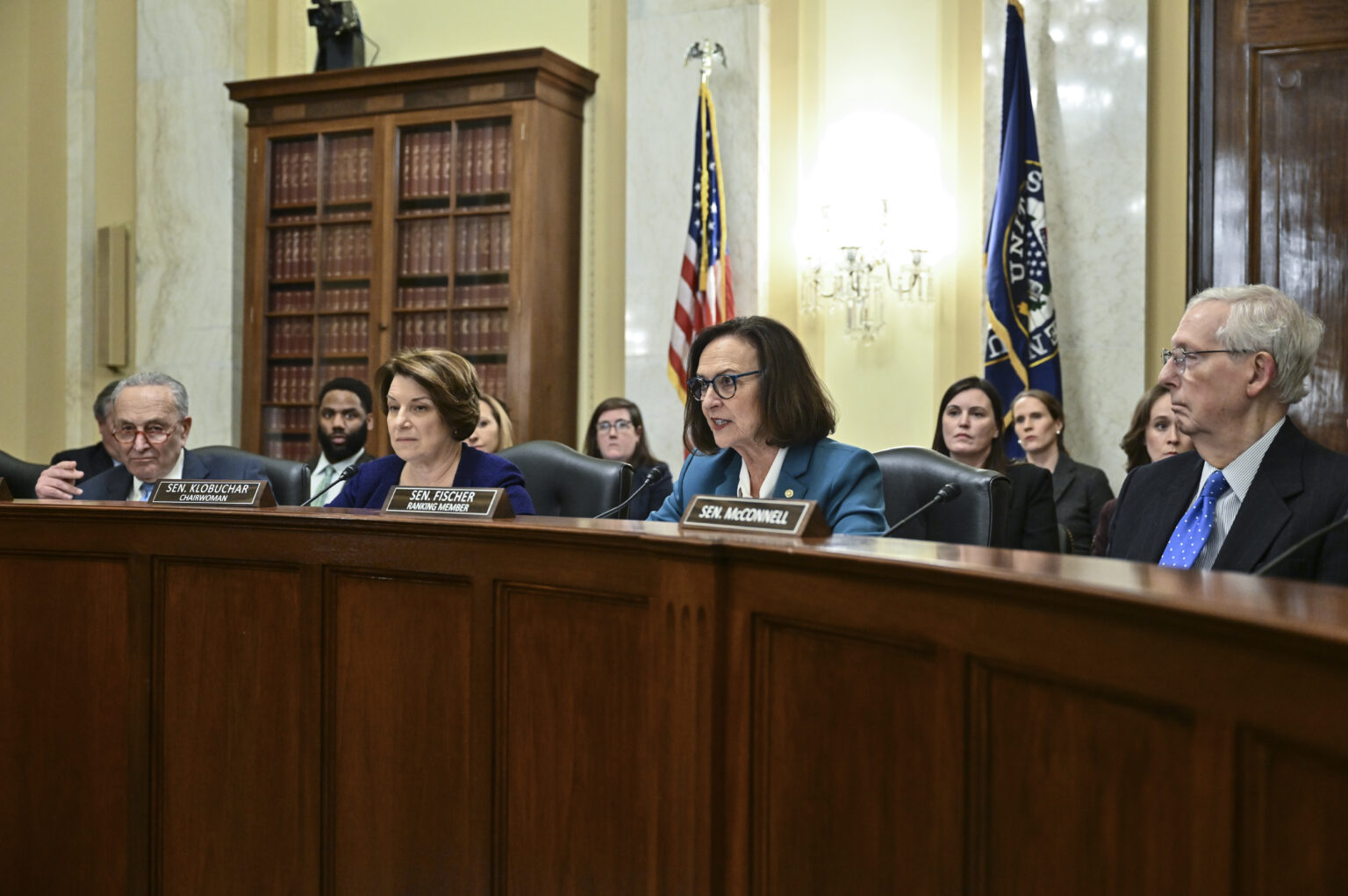Republican Push to Make Paid Family Leave Tax Credit Permanent and Broaden Its Reach
In a move poised to reshape family support policies, Congressional Republicans are advancing efforts to solidify an often-overlooked tax incentive that assists companies in offering paid family leave to their employees. The goal is to establish this benefit as a permanent fixture rather than a temporary measure.
Origins and Current Scope of the Family Leave Tax Credit
Initially introduced in 2017 as a temporary two-year trial, the tax credit-designated as Section 45S-was created amid growing calls for nationwide paid family leave, a standard in many developed nations. Since its inception, the credit has been extended twice, reflecting bipartisan recognition of its potential benefits. It provides eligible workers with up to 25% of their wages for a period of six to twelve weeks following childbirth or other qualifying family or medical emergencies. To qualify, employees must earn less than $96,000 annually.
Proposed Enhancements and Expansion Plans
Republicans are advocating for several significant modifications to this program. Their proposals include making the credit permanent, extending its coverage to part-time workers, and reducing the employment duration requirement from one year to just six months. These changes aim to increase accessibility and encourage more employers to participate.
Part of a Broader Family-Centric Legislative Package
The family leave credit is a component of a comprehensive legislative effort dubbed the “One Big Beautiful Bill,” which seeks to bolster family support through various tax incentives. This package also proposes increasing the child tax credit to as much as $2,500, expanding credits for adoption and employer-sponsored childcare, and establishing $1,000 savings accounts for newborns. These initiatives collectively aim to provide a more robust safety net for families across the country.
Low Adoption Despite Recognized Importance
Despite its potential, the utilization of the credit remains modest. In 2021, only approximately 12,700 businesses claimed the benefit, totaling claims worth $207 million. Senator Deb Fischer (R-Nebraska), a key proponent, emphasizes the importance of the credit in supporting families, yet advocates acknowledge that many companies are hesitant to participate due to uncertainties about the program’s longevity.
Innovative Policy Changes to Boost Participation
A notable proposed revision involves allowing companies to claim the credit for purchasing insurance premiums, such as short-term disability insurance, instead of directly paying workers during leave. This approach could make the benefit more appealing, especially for small businesses with fewer than 500 employees, which constitute the backbone of the U.S. economy-employing nearly 60 million people across approximately 34.7 million firms, according to the Small Business Administration.
Industry Perspectives and Challenges
Supporters argue that integrating insurance options could significantly raise awareness and participation, leveraging the extensive outreach capabilities of insurance providers. Adrienne Schweer, a policy expert at the Bipartisan Policy Center, notes, “Private sector partners can play a crucial role in promoting paid leave, complementing government efforts.”
However, critics like Representative Jimmy Gomez (D-California) contend that the current credit is insufficient and underutilized. Gomez highlights that the limited scope and uncertain future discourage widespread adoption, calling for more comprehensive solutions such as social insurance programs funded through payroll taxes-models already implemented in states like California and others, which provide paid leave without direct employer costs.
Financial Outlook and Employer Perspectives
The Congressional Budget Office estimates that expanding the credit could cost around $5 billion over the next decade, a figure that, while substantial, remains modest compared to more popular tax credits. Despite this, experts like Elena Patel from the University of Utah suggest that many employers may still find the costs prohibitive, especially given the limited financial incentives currently available.
Real-World Examples from Small Business Owners
Elaine Read, owner of the Atlanta-based chocolate company Xocolatl, recently discovered the credit and has already used it to provide paid leave for her employees. Over the past five years, she has granted extended leave to two workers and plans to do so for a third. While eager to expand these benefits-such as allowing employees to care for ill relatives or extending coverage to part-time staff-she remains cautious about the financial implications.
“If the tax relief were more substantial, it would make it easier for us to offer these benefits consistently,” Read explains. “The credit could open new opportunities for supporting our team without overextending our resources.”

